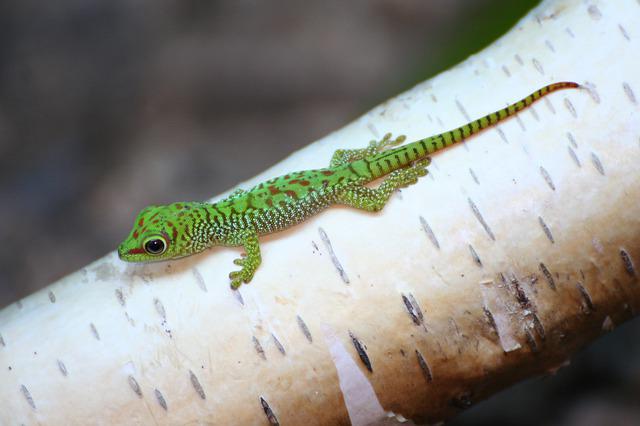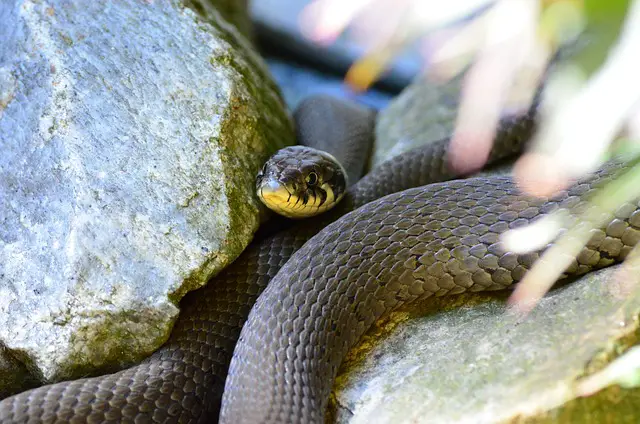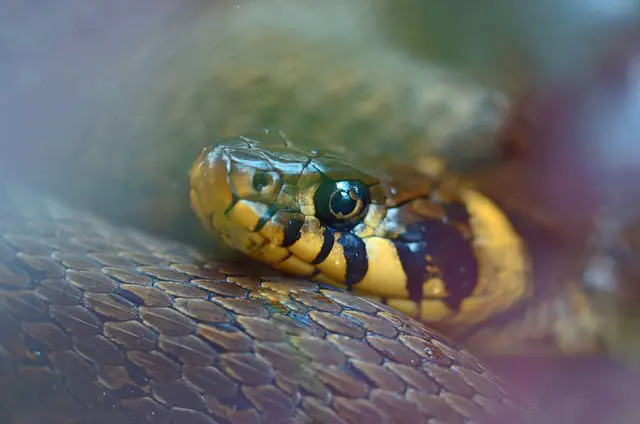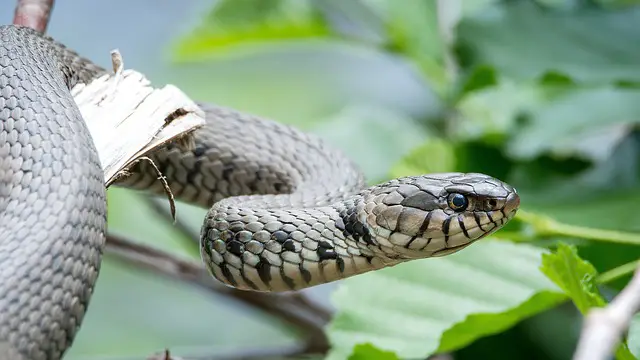When it comes to keeping reptiles as pets, one of the most commonly asked questions is “Can my leopard gecko get too hot?” The answer to this question is a little bit complicated, but in general, it is usually best to try and keep your leopard gecko’s habitat at a temperature between 78 and 82 degrees Fahrenheit. In this blog post, we will explore the different ways that you can help keep your leopard gecko’s environment at the right temperature, and what to do if it becomes too hot or too cold.
Can my Leopard Gecko get too hot?
It is important to make sure that your leopard gecko does not get too hot. If the ambient temperature in their enclosure reaches 90 degrees Fahrenheit or higher, your leopard gecko may start to suffer from heat stress.
Symptoms of heat stress include panting, lethargy, and darkening of the skin. If you think your leopard gecko is suffering from heat stress, immediately remove them from the hot environment and contact a veterinarian.
Introduction
Leopard geckos are native to warm, arid environments, so they are used to high temperatures. In the wild, they bask in the sun to regulate their body temperature. However, leopard geckos are also capable of thermoregulation, meaning they can adapt to a range of temperatures.
As a result, leopard geckos can thrive in a variety of environments, including both warm and cool climates. However, it is important to remember that leopard geckos are still reptiles, and they require warmth to digest their food properly.
If the temperature is too low, their metabolism will slow down and they may stop eating altogether. For this reason, it is important to provide a basking spot for your leopard gecko with a temperature between 85 and 90 degrees Fahrenheit.
While leopard geckos can tolerate higher temperatures for short periods of time, it is important to avoid extremes of heat or cold to ensure the health and well-being of your pet.
The ideal temperature range for leopard geckos
Leopard geckos are native to warm, arid regions of Asia and Africa. As a result, they thrive in temperatures that are warm but not too hot. The ideal temperature range for leopard geckos is between 75 and 85 degrees Fahrenheit.
If the temperature gets too hot, geckos will become stressed and may stop eating. If the temperature gets too cold, geckos can become sluggish and may be more susceptible to illness.
In general, leopard geckos do best in environments that mimic their natural habitat as closely as possible. By providing a warm, comfortable home for your gecko, you can help ensure its health and happiness.
How to tell if your leopard gecko is too hot or too cold
Leopard geckos are cold-blooded animals, which means that they rely on their environment to regulate their body temperature. If a leopard gecko is too hot, it will become sluggish and may even stop eating. On the other hand, if a leopard gecko is too cold, it will become stressed and may stop moving altogether. As a result, it is important to be able to identify the signs of a leopard gecko that is too hot or too cold.
One way to tell if a leopard gecko is too hot is to look at its skin. If the skin is reddish or orange, this indicates that the animal is too warm.
Another way to tell if a leopard gecko is too hot is to observe its behavior. If the gecko is lethargic or unresponsive, this may be a sign that it is too warm.
Conversely, if a leopard gecko is shivering or huddled in a corner, this may be a sign that it is too cold. By understanding the signs of a leopard gecko that is too hot or too cold, you can help to ensure that your pet remains healthy and comfortable.
What to do if your leopard gecko is too hot or too cold
Leopard geckos are reptiles that come from warm climates, so they need to be kept warm in captivity. If your leopard gecko is too cold, it will become sluggish and may stop eating. To warm up your leopard gecko, you can use a heat lamp or a reptile basking spot.
Make sure the temperature of the basking spot is between 88 and 92 degrees Fahrenheit. You should also provide a hide box for your leopard gecko to retreat to if it gets too hot. If your leopard gecko is too hot, it will become stressed and may start panting.
To cool down your leopard gecko, you can turn off the heat lamp or remove the reptile from the basking spot. You should also mist the enclosure with water to help bring the temperature down.
Tips for keeping your leopard gecko’s environment at the right temperature
Leopard geckos are native to warm, arid environments, so it’s important to recreate these conditions in their captive habitat. The ideal temperature for leopard geckos is between 75 and 85 degrees Fahrenheit during the day, with a drop of 10-15 degrees at night.
While leopard geckos can tolerate a wide range of temperatures, it’s important to maintain a consistent temperature gradient in their enclosure.
The best way to achieve this is to use an overhead heat lamp on one side of the enclosure, which will create a warm basking area without raising the overall temperature too high.
In addition, it’s important to provide hiding places on both the warm and cool sides of the enclosure, so your gecko can regulate its body temperature as needed. By creating a habitat that closely resembles their natural environment, you can help your leopard gecko stay healthy and comfortable in captivity.
Additional tips for taking care of a leopard gecko
In terms of care, leopard geckos require a warm environment with plenty of hiding places. A good rule of thumb is to provide one hiding place for every leopard gecko in the enclosure. Leopard geckos also need a food source, such as insects or small rodents.
When feeding live prey, it is important to monitor the situation closely to avoid injury to the leopard gecko. Lastly, leopard geckos should be given access to clean water at all times. By following these simple tips, you can provide your leopard gecko with the care it needs to thrive.
Conclusion
As you can see, there are a few things to consider when it comes to your leopard gecko’s temperature. They need a warm area to bask in, as well as a cooler area to retreat to. It is important to make sure that the temperature gradient is not too extreme, as this can be stressful for your leopard gecko. Additionally, you will need to provide a heat source such as a heat lamp or ceramic heat emitter. By following these simple guidelines, you can create a warm and safe environment for your leopard gecko.




